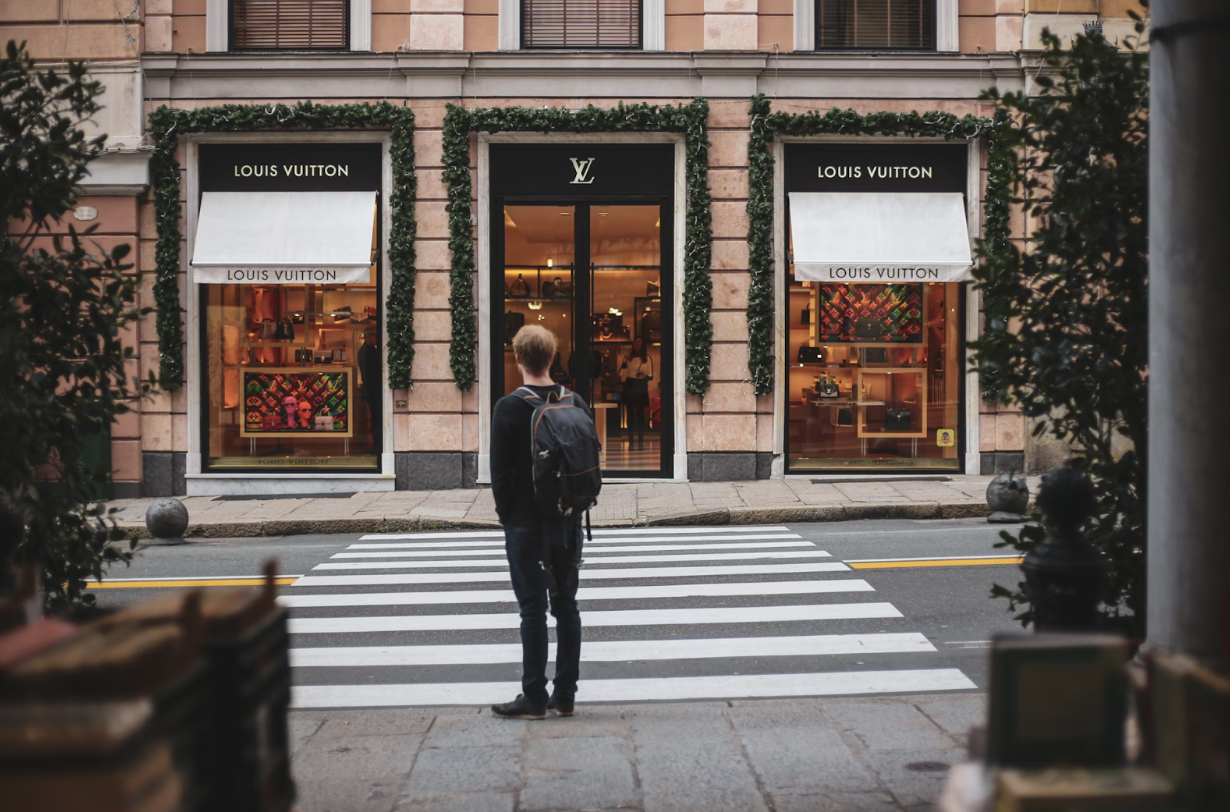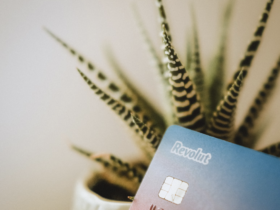Some of the most luxurious brands in the world also happen to be the most well-known. Louis Vuitton, Dom Perignon and Rolex may be among the first brands to spring to mind when you hear the word luxury, but is it easy to build a perception of luxury when you are working with 7-figure marketing budgets?
What if you’re attempting to turn a smaller brand into a luxury powerhouse? In this article, we’re tackling the issue of building luxury on a budget.
What defines luxury?
The most obvious way to define luxury is through quality. This could be the craftsmanship of a product, the taste, the durability and so on. But luxury runs far deeper, and often our perception of luxury is made up of other factors. One such factor is price; it’s natural to automatically assume that something that is more expensive is simply better. Whether this is true or not is up for debate, but luxury is all about perceptions.
When it comes to perception, a brand’s story plays an important role in shaping consumers’ beliefs. Let’s take the aforementioned Louis Vuitton brand for example, whose origins can be traced back to its founder’s story of arriving in Paris by foot as a young 16-year-old, where he then took on an apprenticeship working for a respected trunk maker. While stories like this don’t directly impact Louis Vuitton’s products of today, it does impact perceptions of the brand and its luxury.
Alongside a brand’s origins and story are factors like design, tone, colour and imagery. While smaller factors like this don’t have quite as much impact as a brand’s origin story, it is important to understand the psychological impacts of certain colours, shapes and words.
How to Build Luxury on a Budget
Craft a Compelling Brand Story
Not every brand can begin the same way as Louis Vuitton. And in many ways, it’s something that’s out of your control as a brand founder. That’s why the most powerful brands are often the ones that have a genuine why behind them. If you’re brand doesn’t have an authentic, genuine story behind it, then communicating a powerful story is difficult to do.
For small luxury brands that are built on passion and purpose though, telling their story becomes one of the most powerful assets. Luxury jewelry manufacturer, Graziela Gems, is a great example. Although the brand may not have the budget of Tiffany’s or Swarovski, this doesn’t stop them from communicating their compelling story, which focuses on how their founder’s passion for Mother Earth can be found in their paraiba tourmaline jewelry range as well as their commitment to supporting conservation and animal welfare charities.
Create a Visual Identity That Feels Expensive
As already mentioned, things can quite simply look expensive. The way brands use design and colour throughout their brand can contribute to the way we view their product, even before we’ve held it.
When it comes to making an item look expensive, or look more expensive than its price tag, you need to delve into psychology. Certain colours are naturally associated with prestige. For instance, gold is often used to signal luxury due to the high value of the metal. This explains why the colour can be seen on brand logos such as those belonging to Rolex, Lamborghini, Porsche and Versace — all premium, desirable brands.
Similarly, purple is seen as a royal colour and achieves the same outcome. Brands that use purple throughout their touchpoints include Asprey London and Crown Royal. Apple use a slightly different approach, and have become the master of minimal design. The abundance of white space on their website works to emphasise the product—a tactic that’s also visible in their stores.
Ensure Consistency Across all Touchpoints
It’s important to not only consider what makes luxury, but also what breaks it. Something that will cause your brand to look cheap and unprofessional in an instant is inconsistency. There’s no point investing in the most professional-looking social media content in the world if your product arrives in a cheap-looking plastic bag, for example.
To ensure consistency, consider all touchpoints of a brand; this is every place where someone can interact with the brand, whether physical or digital. Examples include browsing a product in a store or through a website, opening an item after it has been delivered, viewing an online advertisement and so on.
Luxury shouldn’t be reserved for a certain area of the business; it should be at the heart of the business and everything the business does. This means putting extra effort into areas like product packaging and product photography. You’ll also notice that luxury brands go the extra mile in terms of in-store experience. Jewellers and watchmakers are great at this; the experience inside a store is super personal and is designed so the customer doesn’t feel like they are receiving a traditional shopping experience.
Control Accessibility
Whether we like it or not, the most luxurious brands aren’t easily accessible; this is what makes them desirable. To make your brand seem more desirable, make it less accessible. The way you do this will depend on your product. In fashion, simply increasing the price tag achieves this. This makes the product out of reach for many consumers, decreasing its accessibility but enhancing the perception of luxury.
Similarly, having a limited number of a product can increase scarcity as there simply isn’t enough to go around. This is a tactic that we often see with limited edition products, where there may be only a small quantity of them or the collection may only be available for a certain period of time.
Final Thoughts
There’s a clear differentiation between price and luxury. While the most expensive brands are often seen as the most luxurious, luxury is a perception that can differ from one person to the next, while the price of an item can’t be argued with. At the same time, a brand that is seen as luxurious is able to charge a higher price. But positioning your brand as luxury goes far deeper than just adding an extra zero to the price tag. Accessibility, consistency, branding and storytelling all play an important role in creating, or adding to, a luxury brand. These signals become even more important when growing a small business with limited resources, as a bigger price tag needs to be justified in other ways if the brand is lacking history. So whether you’re selling handmade jewelry across the world or artificial grass in Melbourne, try to think beyond price if you want your brand to be seen as premium and luxurious.






















